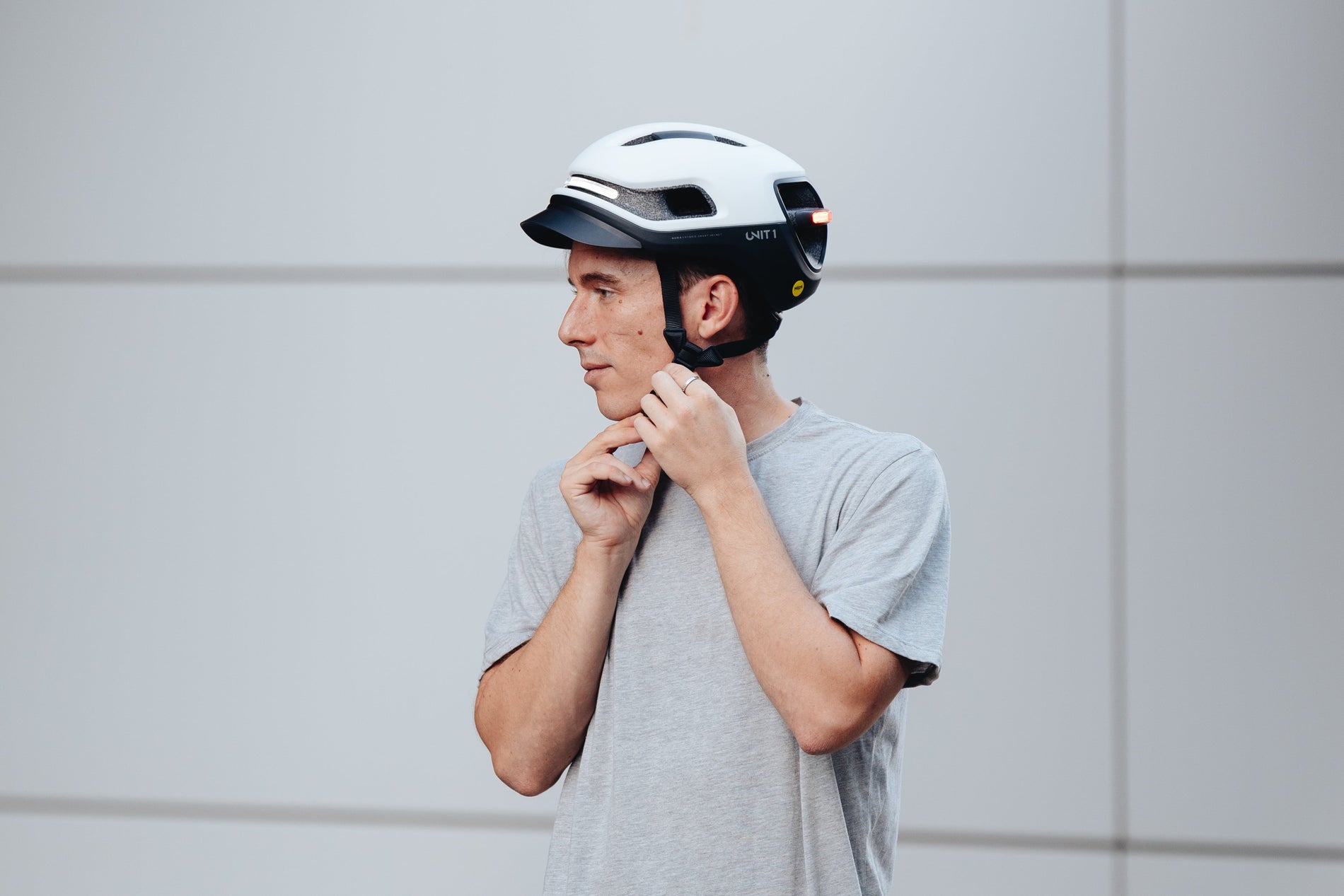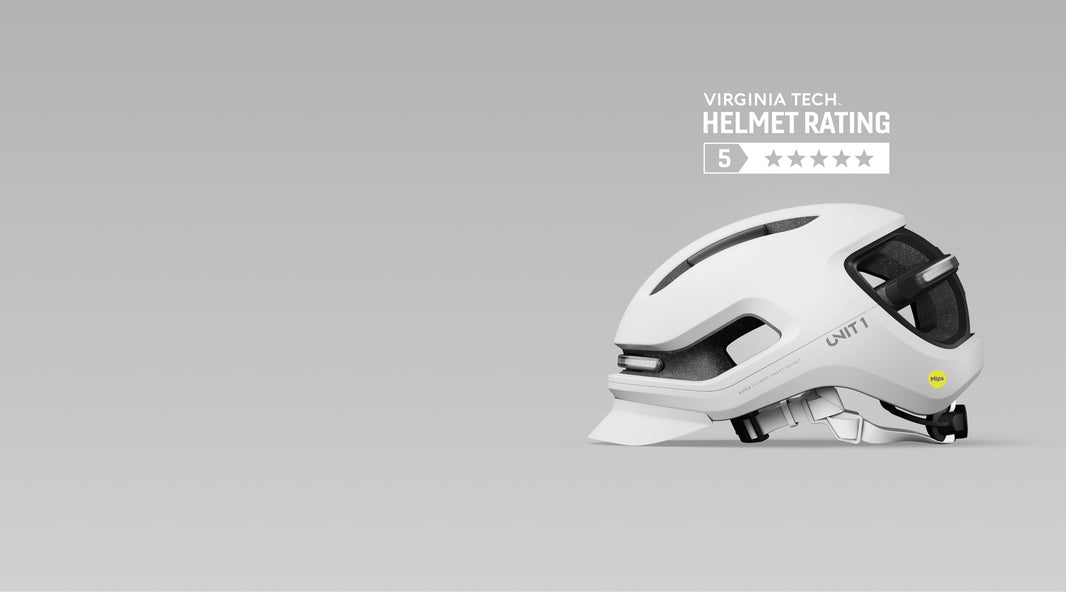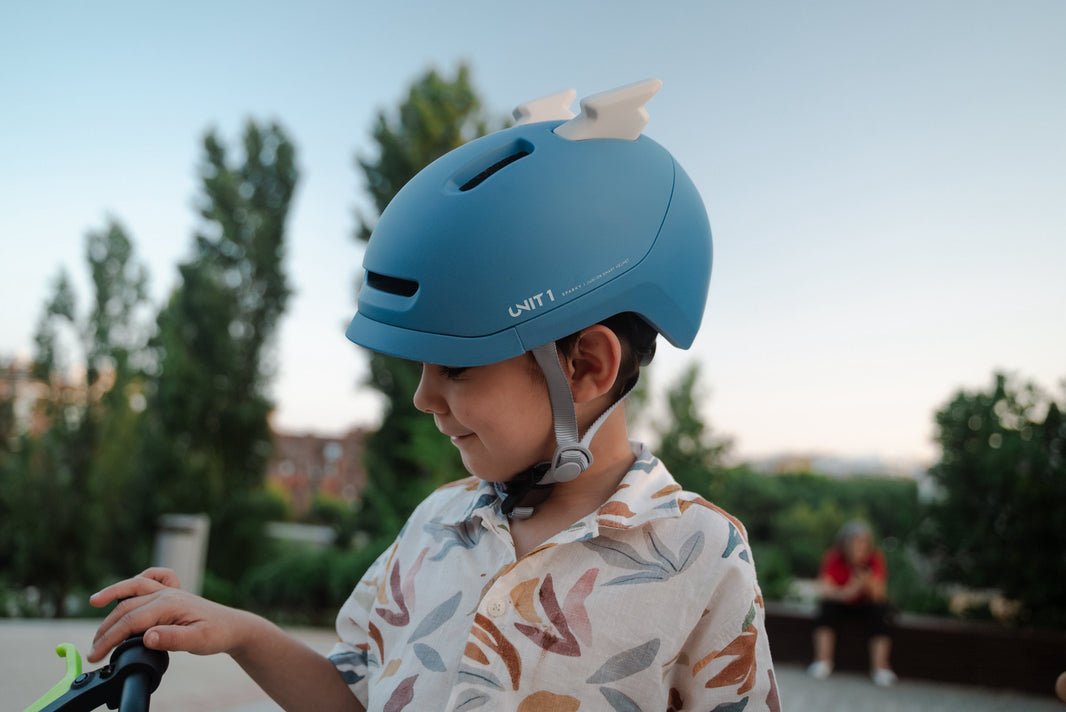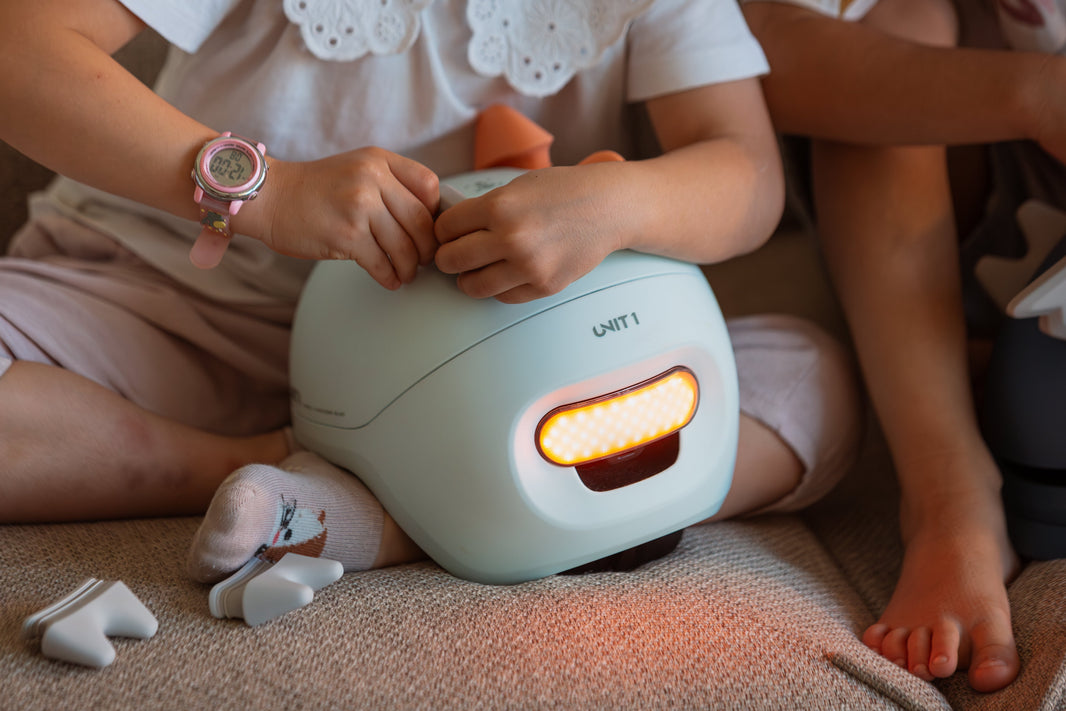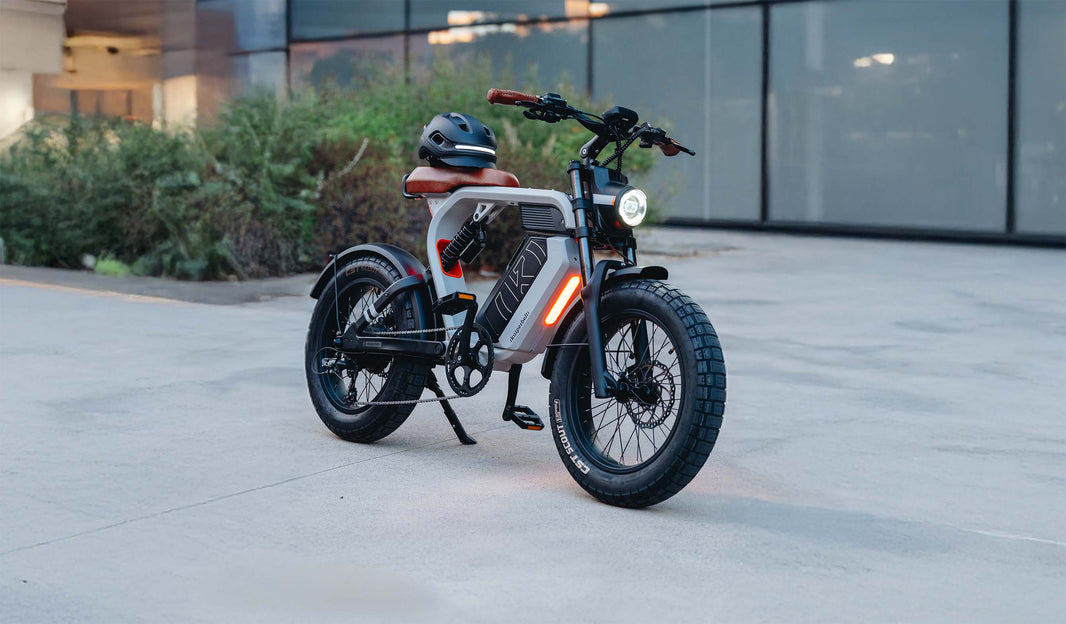Wearing a helmet correctly sized for your head is critical to ensure the helmet can do its job of protecting your head, properly. So choosing the right helmet size is crucial for not just comfort but for safety. So, how does one get helmet sizing right? Here's a step-by-step guide to help you determine your ideal helmet or smart helmet size (which sizing-wise are exactly alike).
How should a helmet fit?
Before diving into measurements… how must a helmet feel on your head? How does a ‘good fit’ actually feel? A properly fitted helmet with an adjusted fitting system must fit your head snuggly and allow for little motion. This doesn’t mean zero wiggle room (that is what rear fitting systems are for). In a perfect world, you want the helmet closest to your head.
The helmet must also cover an adequate portion of your head without exposing too much of your forehead (generally speaking, helmets should sit above your eyebrows). If a helmet is equipped with the Mips System, this doesn’t change the fit, but it’s important to know the Mips System is designed to allow the helmet to rotate relative to your head, even while buckled on. This is to be expected and not to be confused with a ‘loose’ helmet. With that out of the way let’s go into how to find your helmet size.
How to Measure Your Head for a Helmet
Helmet sizing uses head circumference to determine sizes, this is the total length of the ‘perimeter’ of your head. Doing this accurately is key, so be very thorough with the measurements. Here’s how you do it:
Step 1: Gather Your Tools
-
A flexible measuring tape (or a piece of string and a ruler)
-
A mirror (optional but helpful)
Step 2: Take Your Measurements
-
Wrap the measuring tape around the circumference of your head, approximately 1 cm above your eyebrows. Ensure the tape is level and straight around your head. Tighten it gently but don’t let it get uncomfortably tight.
-
If you're using a string, measure it end-to-end with a ruler afterward.
-
Measure this a couple of times to ensure you get the right measurement. If necessary, average your measurements.
Understanding Your Helmet Size
Helmet sizes are determined by the circumference of your head, but the shape of your head also plays a role. Some Helmet Size charts (such as ours) factor head shape. So, consider whether your head is oval or round when selecting your size from the chart. If you're unsure, we recommend trying on the helmet to test the fit.
Helmet Size Chart
With your measurement in hand, refer to the AURA, NEON or FARO size chart to match your head circumference with the corresponding size. Our charts are designed to provide precise guidance, ensuring you can choose the best size for your needs.
AURA

FARO

NEON

Pro Tips for Helmet Sizing
-
If your measurement falls between Medium and Small, go for Small unless you usually wear long hair, in which case Medium will afford more room for adjustment.
-
If your measurement falls between Medium and Large, go for Medium. An open fitting system can allow for some extra room and you’ll get a fit that is more snug.
-
Always ensure your helmet sits level on your head, with the front edge resting just above your eyebrows for optimal protection.

Why Correct Sizing is Non-Negotiable
A correctly sized bike helmet size doesn't just protect you—it enhances your overall cycling experience. When your helmet fits well, you can ride confidently, knowing that you're protected in case of unexpected events. Use our FARO, NEON and AURA Size Finder to get the best fit and enjoy a safe, comfortable ride every time.
